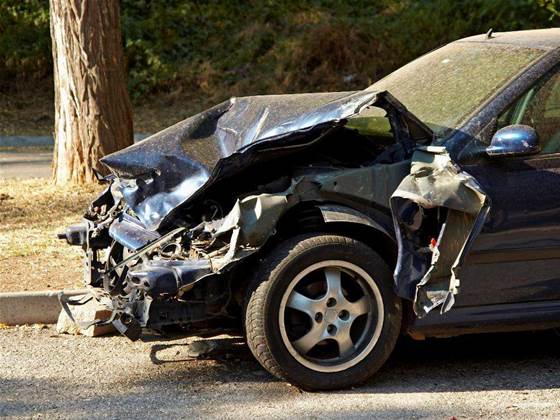The NSW government will adopt smart safety technologies in its fleet vehicles in an effort to prevent crashes and reduce the severity of injury in accidents.

Premier Gladys Berejiklian and Minister for Roads Melinda Pavey today announced the measure to promote the widespread take-up of safety technology, as part of a new road safety plan [pdf].
The plan sets out a series of initiatives over the next four years aimed at reducing fatalities by 30 percent by 2021.
The government has pledged to update its vehicle fleet policy to ensure it has as many vehicles as possible with the latest safety technologies, including automated emergency braking, lane assist and other driver assist technology.
Automated emergency braking, for instance, was found to reduce rear end crashes by 38 percent, it said.
This will indirectly lead to more vehicles with safety technologies on NSW roads - once they are onsold by the government when their fleet duty ends.
It could also act as a role model for other fleet owners to increase take-up of these technologies in their vehicles.
“Continuing to support smarter safer vehicle design, increasing the number of vehicles with lifesaving technology and increasing the number of people that choose the safest vehicles, is key,” the plan states.
The NSW government also plans to work with the federal government to “fast-track the adoption of new technologies into vehicle standards”, and with the heavy vehicle industry to increase safety features like blind spot monitoring in fleets.
“Research and innovation in vehicle safety is moving at a rapid pace, so it is important that the NSW government works with the vehicle manufacturing industry to lead and support the introduction of vehicles with new safety technologies.”
It will similarly partner with the insurance industry to look at ways to reduce insurance premiums for drivers who adopt safer vehicle technology and telematics.
The government also intends to change the law to allow camera systems to detect illegal mobile phone use.
It also said it will “investigate opportunities to use in-car dashboard camera footage to report illegal behaviour”.
In addition it will look to:
- enhance post-crash response initiatives like automated crash notification (e-alert) systems to help emergency services respond to a vehicle crash, and
- review the penalty framework for speeding offence, including “the potential to apply intelligent speed technology to repeat offenders”.



.png&h=140&w=231&c=1&s=0)
_(22).jpg&h=140&w=231&c=1&s=0)




_(26).jpg&w=100&c=1&s=0)

 iTnews Executive Retreat - Security Leaders Edition
iTnews Executive Retreat - Security Leaders Edition












_(1).jpg&h=140&w=231&c=1&s=0)



